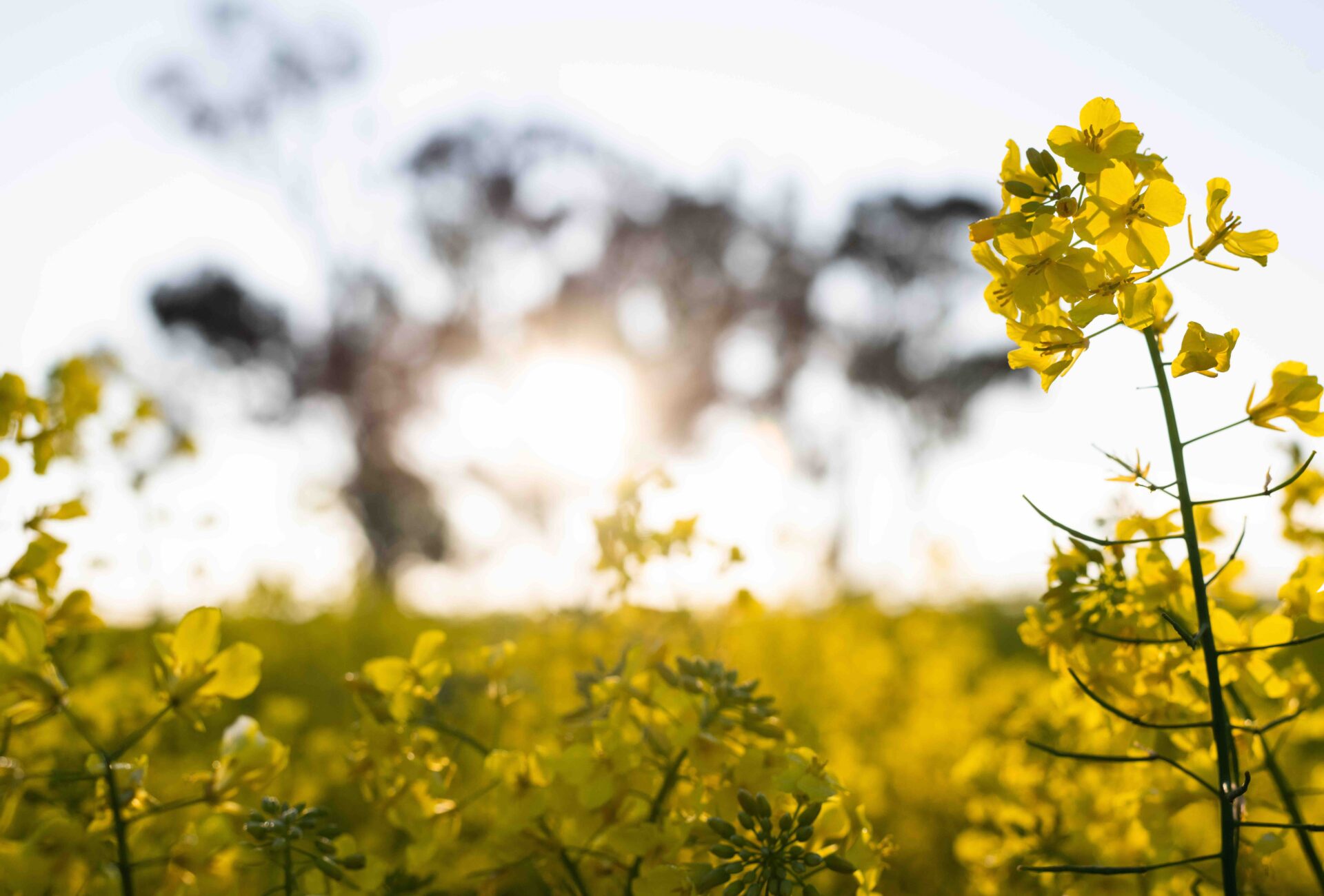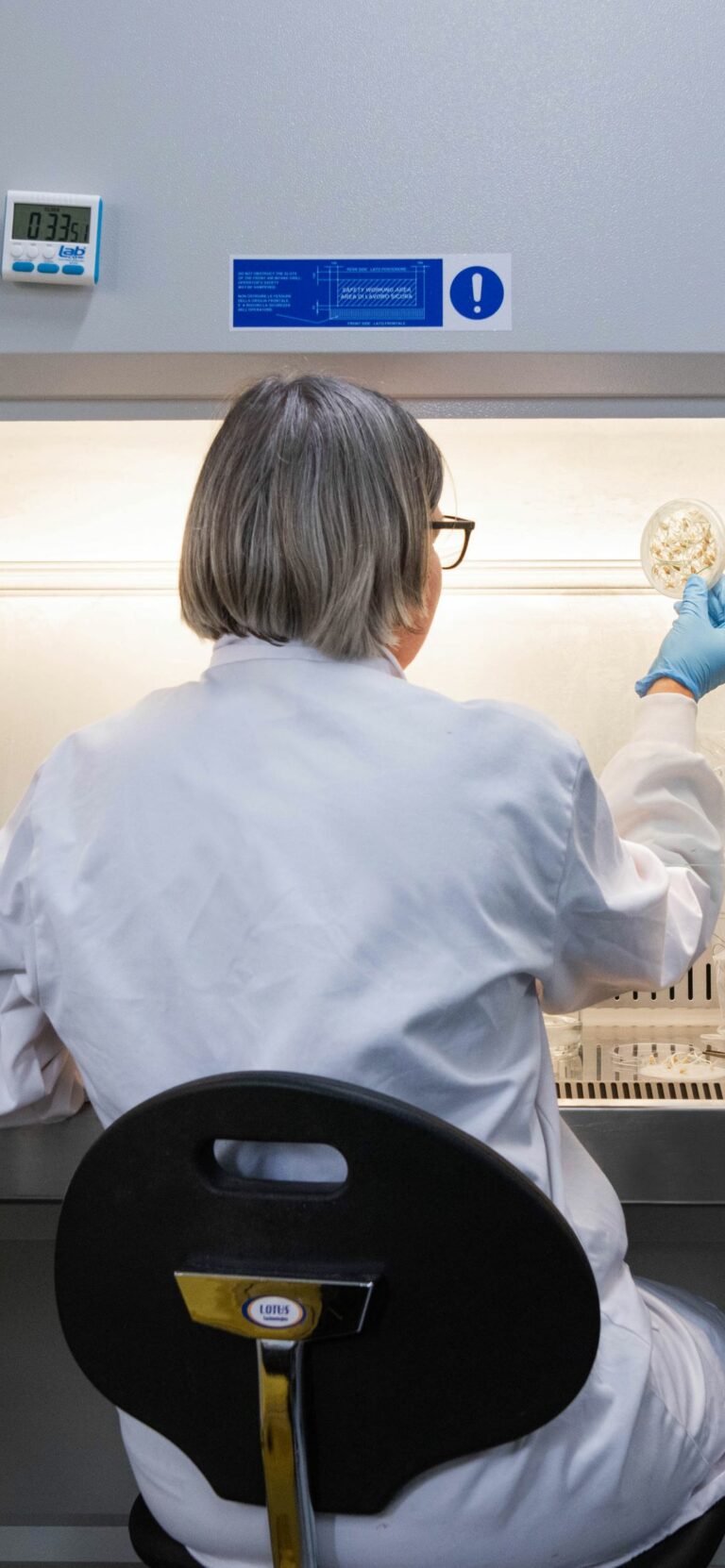Working together to create impact
Existing global infrastructure for carbon removal enhanced by cutting edge microbial science
Loam Bio deploys the power of microbiology to address climate change. We are building the next generation of tools needed to increase the quantity and stability of carbon removed from the atmosphere and stored in soils across farms of all scales and systems.
By increasing the productivity and resilience of broadacre cropping systems, whilst reducing on-farm greenhouse gas emissions, Loam’s technology is transforming the world’s broadacre croplands.
With a fast growing team based in Australia, US, Canada, and Brazil, Loam is scaling our technology and farm partnerships to deliver measurable climate action.

Delivering global impact
Carbon removal, at-scale
Using the world's smallest organisms to tackle the world's biggest problem
Loam’s microbial technology, CarbonBuilder, works at the root system of the plant, enhancing it’s natural ability to remove carbon from the atmosphere and store it stably in soil.
Watch
This is Loam Bio
High-quality removals
Not all soil carbon is created equally
Measuring and crediting interventions that result in changes of soil carbon stocks is no easy task. More than a dozen protocols for soil carbon measurement, reporting and verification (MRV) exist globally, but can vary significantly across key markers of credit quality such as durability, additionality and rigour.
At Loam, we work with the world’s highest quality protocols. We want to challenge the industry to create a race to the top in terms of credit quality, not a race to the bottom in terms of credit price.

Large-scale impact
Removing carbon from the atmosphere and storing it stably in agricultural soils
Frequently asked questions
What else would you like to know?
The scale of global cropland is immense. Industrialised agricultural practices in broadacre systems have depleted our soils over many years.
Loam’s products are specifically designed to work with major crop types around the world to accelerate the restoration of soil carbon. By developing technologies that can integrate into existing large-scale productions systems, Loam gives farmers the potential to remove carbon from the atmosphere at gigatonne scale.
The industrialisation and intensification of agriculture means that there is an enormous opportunity to restore and improve soil carbon and microbial biodiversity, leading to significant environmental benefits too.
On water retention alone, the USDA estimates that every 1% increase in soil organic matter results in 95,000l of available soil water per acre. This contributes to overall landscape function, improving yield and productivity.










